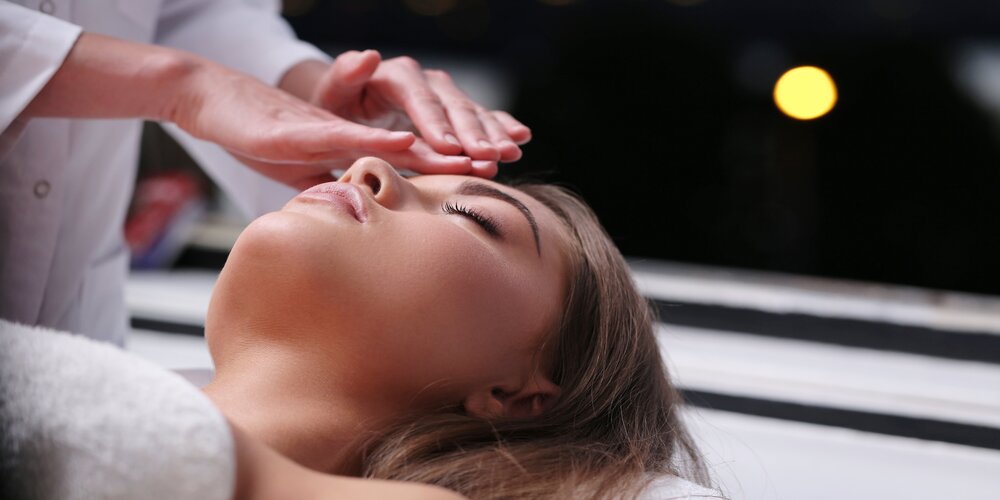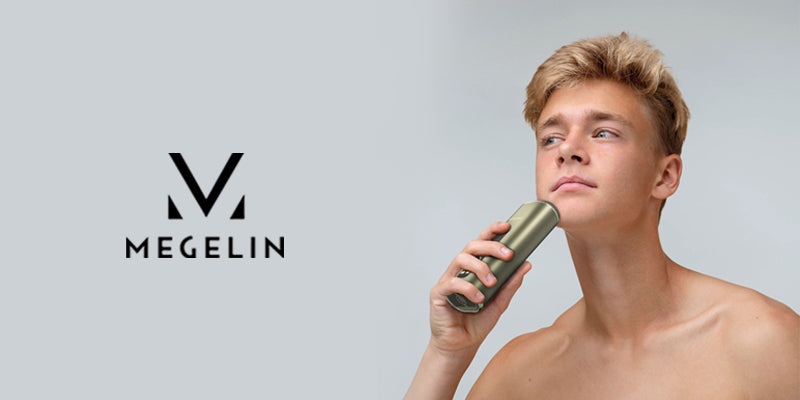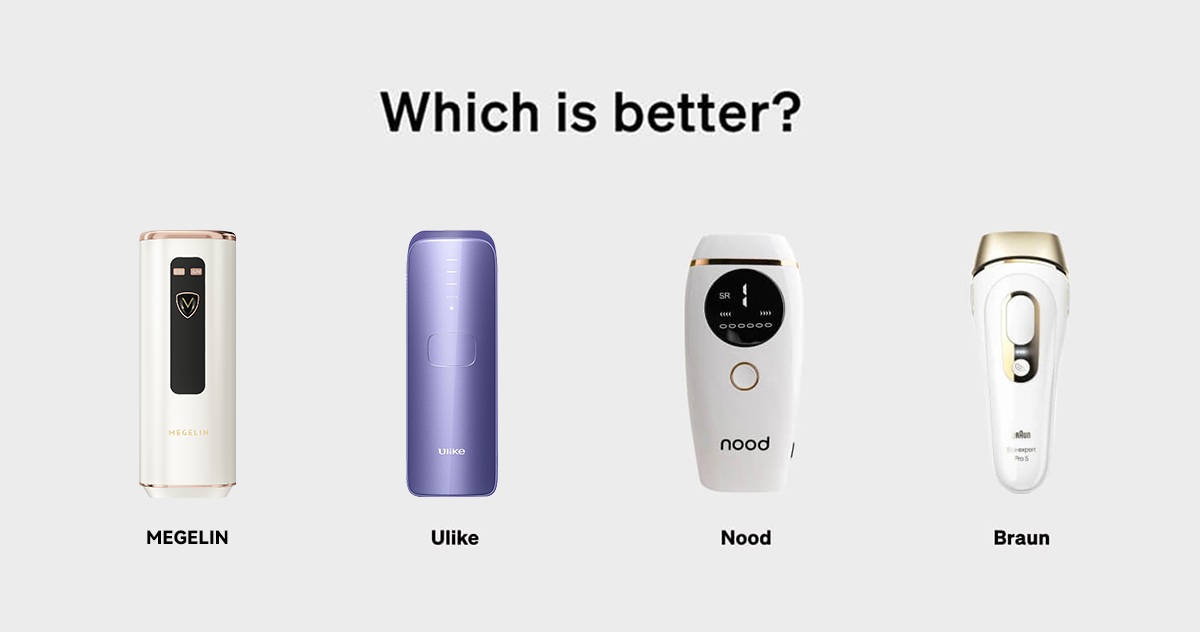
Does Red Light Therapy Tighten Skin? Myths vs. Facts
2MegelinRed light therapy has gained significant attention in the skincare world, with many wondering if it can effectively tighten skin. This non-invasive treatment uses specific wavelengths of light to penetrate the skin, potentially improving skin texture and elasticity. As people search for alternatives to surgical procedures, red light therapy has emerged as a promising option to address skin rejuvenation and combat signs of aging.
This article delves into the science behind red light therapy and its impact on skin tightening. We'll explore how it works, its benefits for loose skin, and practical ways to implement this treatment. By examining both the myths and facts surrounding red light therapy, readers will gain a clearer understanding of its potential to enhance skin health and appearance. Whether you're curious about red light therapy's effects on skin elasticity or considering it as part of your skincare routine, this comprehensive guide aims to provide valuable insights.
How Red Light Therapy Works for Skin Tightening
Red light therapy (RLT) has an influence on skin tightening through a process called photobiomodulation. This non-thermal treatment uses low-level LED lights with wavelengths between 600 and 1300 nm to penetrate deep into the skin [1]. The light is absorbed by mitochondria in skin cells, which leads to increased production of adenosine triphosphate (ATP), the energy source for all cells [2].
The Science Behind Red Light Therapy
RLT works by exposing the skin to low levels of red and near-infrared light for a specific duration. This exposure strengthens the mitochondria, where cellular energy is created [3]. The treatment affects various cell types crucial for skin regeneration, including fibroblasts, keratinocytes, and immune cells [1].
Stimulating Collagen Production
One of the key benefits of RLT is its ability to stimulate collagen production. Studies have shown that red light exposure increases the expression of genes related to collagen synthesis, such as Col1A1 and Col1A3 [4]. This leads to increased collagen density and reduced signs of aging [1].
Improving Blood Circulation
RLT also has an impact on blood circulation. The treatment stimulates the formation of new blood vessels, a process known as angiogenesis [2]. This improved circulation helps to deliver nutrients and oxygen to skin cells more efficiently, contributing to overall skin health and appearance.
Benefits of Red Light Therapy for Loose Skin
Red light therapy (RLT) has an impact on skin health through various mechanisms. It stimulates collagen production, which gives skin its structure, strength, and elasticity [5]. RLT also increases fibroblast production, enhancing collagen synthesis and tissue fiber formation [2]. This treatment has an influence on blood circulation between blood and tissue cells, contributing to overall skin rejuvenation [2].
Non-Invasive and Safe Treatment
RLT is a non-invasive, non-thermal, and atraumatic photobiomodulation treatment [1]. It appears to be safe and isn't associated with any side effects when used short-term and as directed [5]. This therapy is not toxic and less harsh compared to some topical skin treatments [5].
Reduction in Fine Lines and Wrinkles
Studies have shown significant improvements in skin complexion and reduced signs of aging with RLT [1]. After three months of use, participants observed a 15.6% decrease in the depth of crow's feet wrinkles [6]. RLT also has an impact on reducing fine lines and wrinkle severity [2].
Improved Skin Texture and Tone
RLT has an influence on overall skin quality. It leads to improved facial texture [5] and a 6.8% decrease in cheek roughness [6]. The treatment also has an impact on skin tone, with a 32.7% increase in skin tone homogeneity observed after two months of use [6].
Implementing Red Light Therapy for Skin Tightening
Recommended Treatment Frequency
For optimal results, experts recommend using red light therapy 5-7 times per week for 10-20 minutes per session [7]. Some studies suggest that even brief daily treatments, as little as twice a week, can be effective [8]. Consistency is key, with most professionals advising 3-5 sessions weekly [8].
At-Home vs. Professional Treatments
At-home devices offer convenience and flexibility but may be less powerful than professional treatments [9]. In-clinic LED therapy is typically 10 times more potent than at-home options [10]. Professional sessions often last around 20 minutes and may combine different light types [10]. For best results, consider a mix of in-clinic treatments and regular use of at-home devices [10].
Combining with Other Skincare Practices
Red light therapy can enhance the effectiveness of other skincare treatments. Apply serums and moisturizers before using the device to ensure better absorption [11]. Post-treatment, use products containing retinol, vitamin C, or peptides to complement the therapy's effects [12]. This combination can boost collagen production, reduce inflammation, and improve overall skin health [11].
Conclusion
Red light therapy has shown promising results in skin tightening and rejuvenation. This non-invasive treatment has an influence on collagen production, blood circulation, and overall skin health. By using specific wavelengths of light, it helps to reduce fine lines, improve skin texture, and enhance skin tone. The convenience of at-home devices, combined with the potency of professional treatments, offers flexibility to incorporate this therapy into various skincare routines.
As with any skincare approach, consistency is key to achieving optimal results. Red light therapy can be a valuable addition to a comprehensive skincare regimen, especially when used alongside complementary products and treatments. While more research is needed to fully understand its long-term effects, the current evidence suggests that red light therapy is a safe and potentially effective option to tighten skin and combat signs of aging.
FAQs
1. Is there scientific evidence supporting the effectiveness of red light therapy on skin?
Research indicates that red light therapy can smooth skin and reduce wrinkles by stimulating collagen production, which enhances skin elasticity. It has also been shown to improve the appearance of sun damage and is effective in treating acne.
2. Is red light therapy proven or still under investigation?
Red light therapy is an emerging treatment that is gaining interest. Currently, there is insufficient evidence to support many of its uses, as the most reliable studies for verifying effectiveness—randomized, placebo-controlled trials—are still lacking.
3. Can red light therapy actually tighten skin?
Red light therapy has been noted to firm, smooth, and enhance the skin's radiance. It is particularly effective in firming and contouring the complexion, visibly reducing sagging and loose skin, and making dark spots less noticeable.
4. What is the professional opinion of dermatologists on red light therapy?
Dermatologists recognize that while red light therapy isn’t revolutionary for treating fine lines, wrinkles, or hair loss, it holds promise in dermatology due to its safe, noninvasive approach and minimal side effects.
References
[1] - https://www.ncbi.nlm.nih.gov/pmc/articles/PMC3926176/
[2] - https://www.medicalnewstoday.com/articles/325884
[3] - https://www.healthline.com/health/red-light-therapy
[4] - https://www.jaad.org/article/S0190-9622%2819%2933160-3/fulltext
[5] - https://my.clevelandclinic.org/health/articles/22114-red-light-therapy
[6] - https://www.ncbi.nlm.nih.gov/pmc/articles/PMC10311288/
[7] - https://carbonwellnessmd.com/blogs/red-light-therapy/how-often-should-i-do-red-light-therapy
[8] - https://rouge.care/blogs/rouge-red-light-therapy-blog/how-often-should-i-use-red-light-therapy
[9] - https://aedit.com/aedition/difference-between-professional-at-home-led-therapy
[10] - https://caci.co.nz/blogs/skin-101/at-home-vs-in-clinic-led-light-therapy-whats-the-difference
[11] - https://aaocare.com/blogs/self-care-sunday-1/combining-led-light-therapy-with-other-skincare-treatments-best-practices-and-benefits
[12] - https://ledtechnologies.com/blog/best-skincare-products-use-light-therapy/










